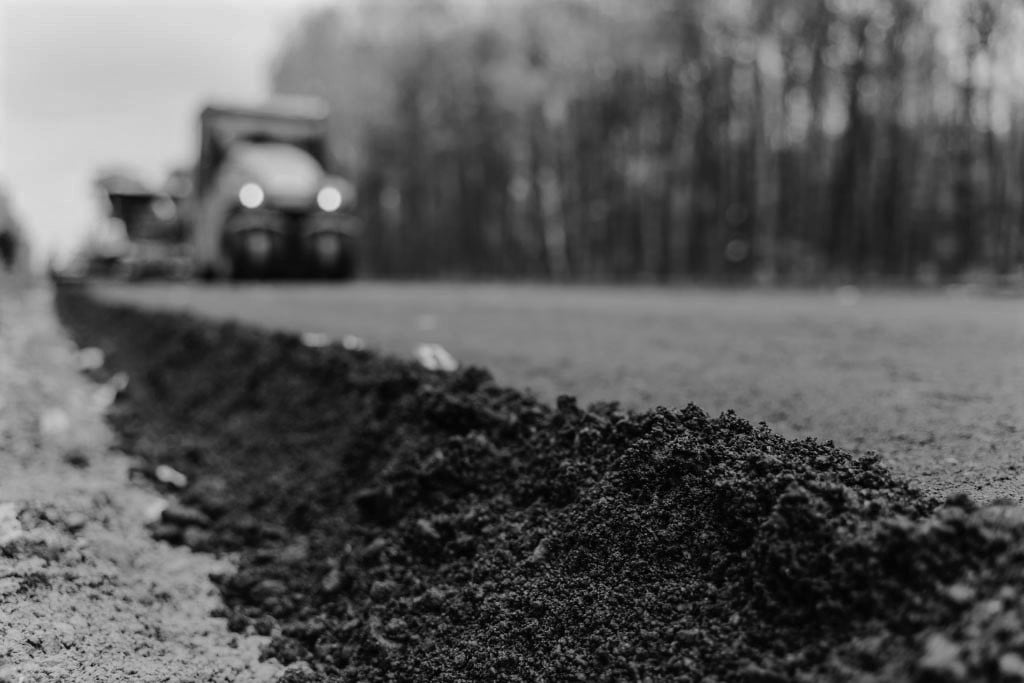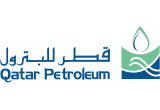Warm mix asphalt (WMA) usage is gaining popularity in road construction. This innovation offers several environmental and practical advantages over traditional hot mix asphalt (HMA), making it a preferred choice for forward-thinking construction projects.

What is Warm Mix Asphalt?
Warm Mix Asphalt is an advanced form of asphalt that allows for the production and placement of asphalt at significantly lower temperatures than the conventional hot mix asphalt. This technology includes several methods such as foaming, which involves injecting water into the asphalt binder to create steam, and adding organic or chemical additives that reduce the viscosity of the mix.
Difference Between Hot Mix Asphalt and Warm Mix Asphalt
The primary difference between WMA and HMA lies in the temperature required during production and laying. HMA typically requires temperatures between 130 to 160°C (280 to 320°F), whereas WMA can be produced and applied at temperatures ranging from 85 to 130°C (185 to 275°F). This temperature reduction in WMA not only conserves energy but also reduces the emission of greenhouse gases and the amount of fuel used during production.
Advantages of Warm Mix Asphalt
- Environmental Benefits: One of the primary advantages of WMA is its ability to reduce carbon footprints. By utilising technologies that lower production temperatures, WMA cuts down on the energy required and the associated emissions.
- Improved Working Conditions: The lower temperatures reduce the amount of fumes and odours, creating a safer and more comfortable environment for road workers.
- Enhanced Material Performance: WMA tends to have better compaction at cooler temperatures, which can lead to longer-lasting pavements.
Disadvantages of Warm Mix Asphalt
Despite its benefits, WMA may present challenges such as:
- Initial Cost: The additives or technologies required for WMA can initially be more expensive than traditional methods.
- Adaptation Barriers: Some asphalt plants may require significant modifications to handle WMA production.

How is Warm Mix Asphalt Used?
Warm Mix Asphalt (WMA) is increasingly being utilised by leading companies for its environmental and operational benefits. Here are two examples of how WMA is being implemented:
Colas Group
Colas Group has adopted WMA across several of its road construction and maintenance projects globally. Their approach emphasises not only the environmental benefits, such as reduced CO2 emissions and lower energy consumption, but also the improved working conditions by significantly reducing fumes during application. Their commitment to WMA reflects ongoing positive feedback from clients and end-users, indicating enhanced performance and sustainability of road infrastructure (Learn more about Colas Group’s WMA initiatives).
Heidelberg Materials
Heidelberg Materials has developed Hanson ERA 140 WMA, which allows the asphalt to be produced and laid at temperatures up to 40°C lower than conventional hot mix asphalt. This innovation leads to up to 15% less energy consumption during production. The reduced production temperature not only cuts energy usage but also lowers the carbon emissions associated with asphalt laying, aligning with the company’s sustainability goals (Discover more about Heidelberg Materials’ WMA solutions).

These companies are just a couple of examples of many company initiatives showcasing how WMA is effectively applied in the field, demonstrating its versatility and benefits for modern roadworks while contributing to environmental sustainability and enhanced efficiency.
As the bitumen industry embraces more sustainable practices, Warm Mix Asphalt (WMA) stands out as a crucial innovation. Leading companies are pioneering the use of WMA to reduce environmental impact and enhance operational efficiencies. With its ability to lower production temperatures, decrease emissions, and extend the paving season, WMA not only meets current environmental standards but also sets a new benchmark for future road construction projects. As we continue to advance in our sustainability goals, WMA proves to be an indispensable solution in paving the way towards a greener and more efficient future in road construction.






